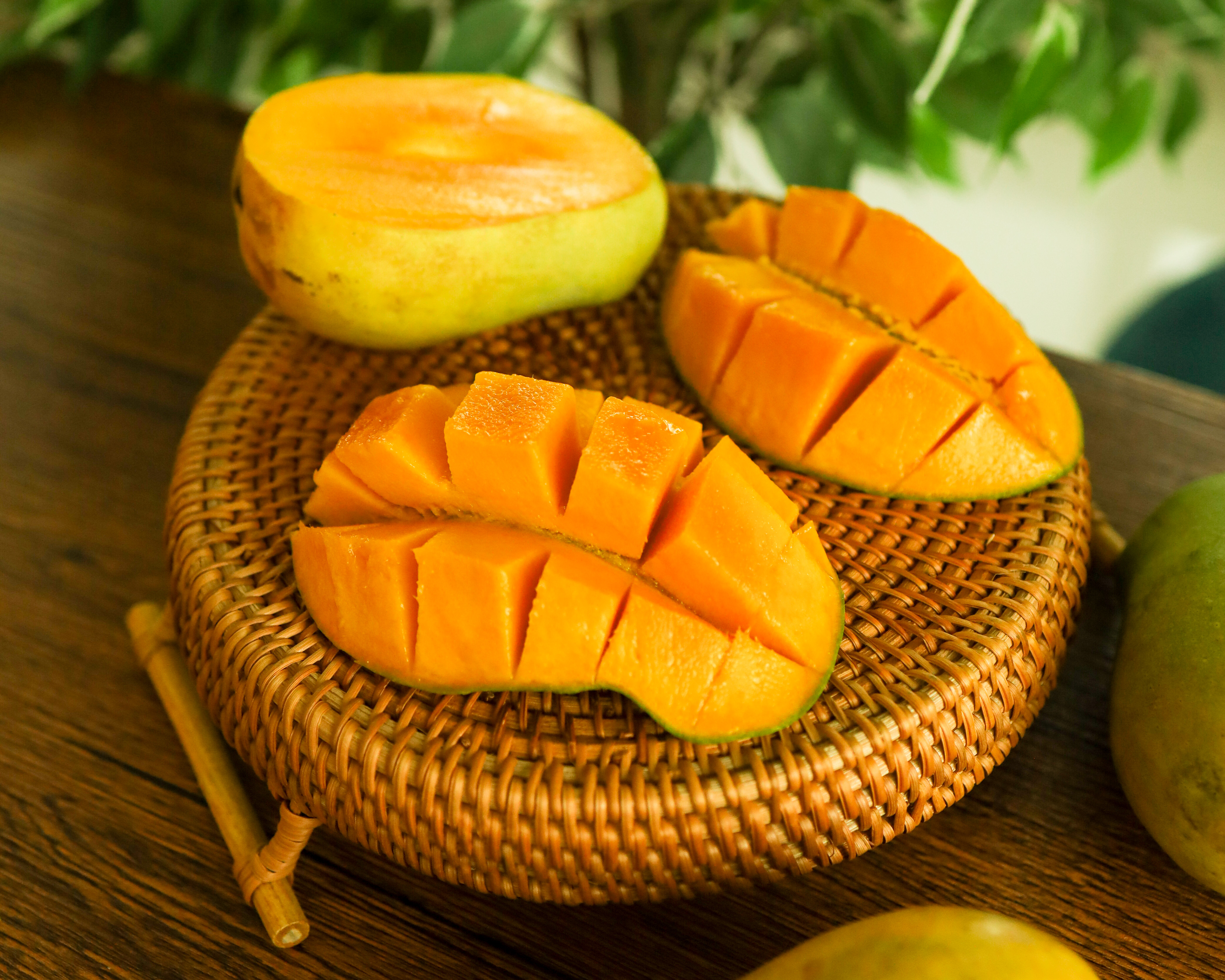 Palm plants use their leaves to collect nourishment through the photosynthesis process. Palm production is projected to be reduced by 30-50% with a 50% loss in leaves. In fact, a 10-13% loss of leaves owing to pest infestation will result in a yield loss of 33-40%. Caterpillar attacks provide this threat since the pests will consume all of the leaves, leaving only the bare bones.
Palm plants use their leaves to collect nourishment through the photosynthesis process. Palm production is projected to be reduced by 30-50% with a 50% loss in leaves. In fact, a 10-13% loss of leaves owing to pest infestation will result in a yield loss of 33-40%. Caterpillar attacks provide this threat since the pests will consume all of the leaves, leaving only the bare bones.
Although chemical pesticides can be used to reduce caterpillars, this is not a long-term solution. Generally, once the poison spray has stopped, the attack will resume sooner or later. There is a growing movement to protect the environment by employing more ecologically friendly management measures. As a result, in order to combat a disease, they are concentrating on the production of beneficial plants.
Several useful plants have been identified that generate nectar or honey at the base of shoots, leaf bases, and flowers. This nectar will entice helpful insects to visit. Beneficial plants should be discussed with beneficial insects because their existence serves as a source of food (nectar) for them.
There are two types of useful insects that are intended. The first is the enemy (predator), which is a larger-bodied insect that will directly attack the caterpillars. The second is a parasitoid, which is a smaller-bodied insect that will enter the caterpillar's body and lay eggs inside the breeding tube. After the eggs hatch, the caterpillars will die. In other words, if the populations of these two species of beneficial insects can be established in oil palm plantations, they will be able to effectively suppress caterpillar attacks on oil palm crops.
The nectar content of a beneficial plant, whether it is the base of the bud, the base of the leaf, or the flower, determines its efficiency. In this regard, a study conducted by industry participants concluded that the beneficial insect withdrawal effects are dependent on the preferences of the participants. Planting Euphorbia heterophylla had the biggest benefit, followed by Cassia cobanensis, Turnera subulata, Antigonon leptopus, Vitis japonica and finally Turnera ulmifolia. This is because of Ephorbia heretophylla's ability to attract the most beneficial insects to perch first, followed by others in the order specified above.
The best caterpillar enemies include Sycanus dichotomus, C. Arcufer, Platynopus melacanthus and Cosmolestes piticeps which both attack directly on the caterpillar. Parasitoids include Eurytoma sp., Dolichogenidae metesea, Brachymeria carinata. Paraphylax varius, Eupelmus catoxanthae and Goryphus bunoh.
With the presence of these beneficial insects in oil palm plantations, caterpillar management must be environmentally friendly, as well as free and long-lasting, as long as beneficial plants exist in the plantation to offer food and habitat for them. This natural pest control could save farmers money on pesticides.
This article is published in Info Pertanian Issue 60. 2021.
Date of Input: 13/06/2021 | Updated: 15/03/2022 | fatma
MEDIA SHARING












 Palm plants use their leaves to collect nourishment through the photosynthesis process. Palm production is projected to be reduced by 30-50% with a 50% loss in leaves. In fact, a 10-13% loss of leaves owing to pest infestation will result in a yield loss of 33-40%. Caterpillar attacks provide this threat since the pests will consume all of the leaves, leaving only the bare bones.
Palm plants use their leaves to collect nourishment through the photosynthesis process. Palm production is projected to be reduced by 30-50% with a 50% loss in leaves. In fact, a 10-13% loss of leaves owing to pest infestation will result in a yield loss of 33-40%. Caterpillar attacks provide this threat since the pests will consume all of the leaves, leaving only the bare bones.












